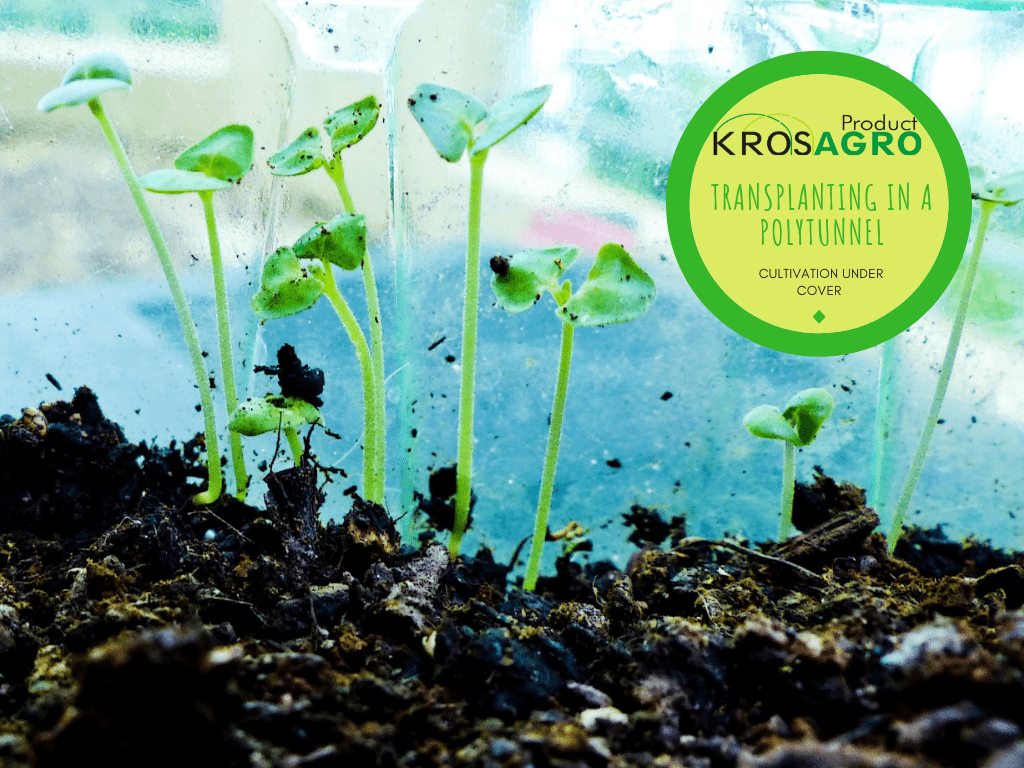Transplanting in a polytunnel is a necessary process for optimal crop growth. This enables plants to get fully formed, with an extensive development at every stage of growth. The process is not difficult, but there are a few important tips to remember. In this article, we will talk about how to properly transplant and cultivate plants.
Contents
Transplanting in a polytunnel
When sowing, a lot of seeds are usually placed into the soil. The mistaken belief is that this will be more efficient. However, this is not true. When growing too close to each other, seedlings can suffocate, competing for light, macro and microelements. To prevent this, they should be transplanted.
Production of seedlings under cover
Seedlings are nothing but young plants that can be grown inside a home, a polytunnel or a propagator. This leads to a more efficient growth, offering a higher yield. Transplanting is also a cost-effective operation when producing in a hobby or a professional polytunnel. Expenses associated with planting in a greenhouse are then lowered. Regarding thermophilic species requiring a longer maturing time to bloom, the probability of them being damaged by low temperatures or frost is high. This can be prevented by placing crops inside a greenhouse.
Plant relocation
As soon as plants have grown and developed cotyledons (usually between 2 and 4 weeks), they are ready for transplanting. Do not delay the process, remember to systematically relocate seeds that are growing too close to each other. Prepare the site where plants will mature. Biodegradable coconut fiber pots, a garden shovel and a planter will be helpful. First, a hole is made in the container using a planter. Remember to plant the seedling at the same depth at which it grew. The plant is carefully pulled to avoid damaging the root system and placed in a pot. Mix the substrate, spray it with water, and then install a mini foil tunnel over them.
Hardening off seedlings
Seedlings can then quickly develop, having all the necessary macro and microelements. If a gardener decides to replant them into a larger tunnel, he must still harden them first. It depends on the ability of seedlings to face the conditions prevailing outside. Two weeks before moving them to their new destination, frequency of watering should be reduced, as well as temperature lowered, by opening the mini tunnel or raising the lateral ventilation in the greenhouse. Day after day, one needs to extend plant exposure to such conditions.
Planting in a polytunnel
The targeted plant location is a garden tunnel or site nearby. It is good to plan crop rotation as well as inter-cropping, combining it with frequent ventilation and fertilizing. All this work will contribute to a pantry filled with tasty vegetables and fruits when the cold months return.
